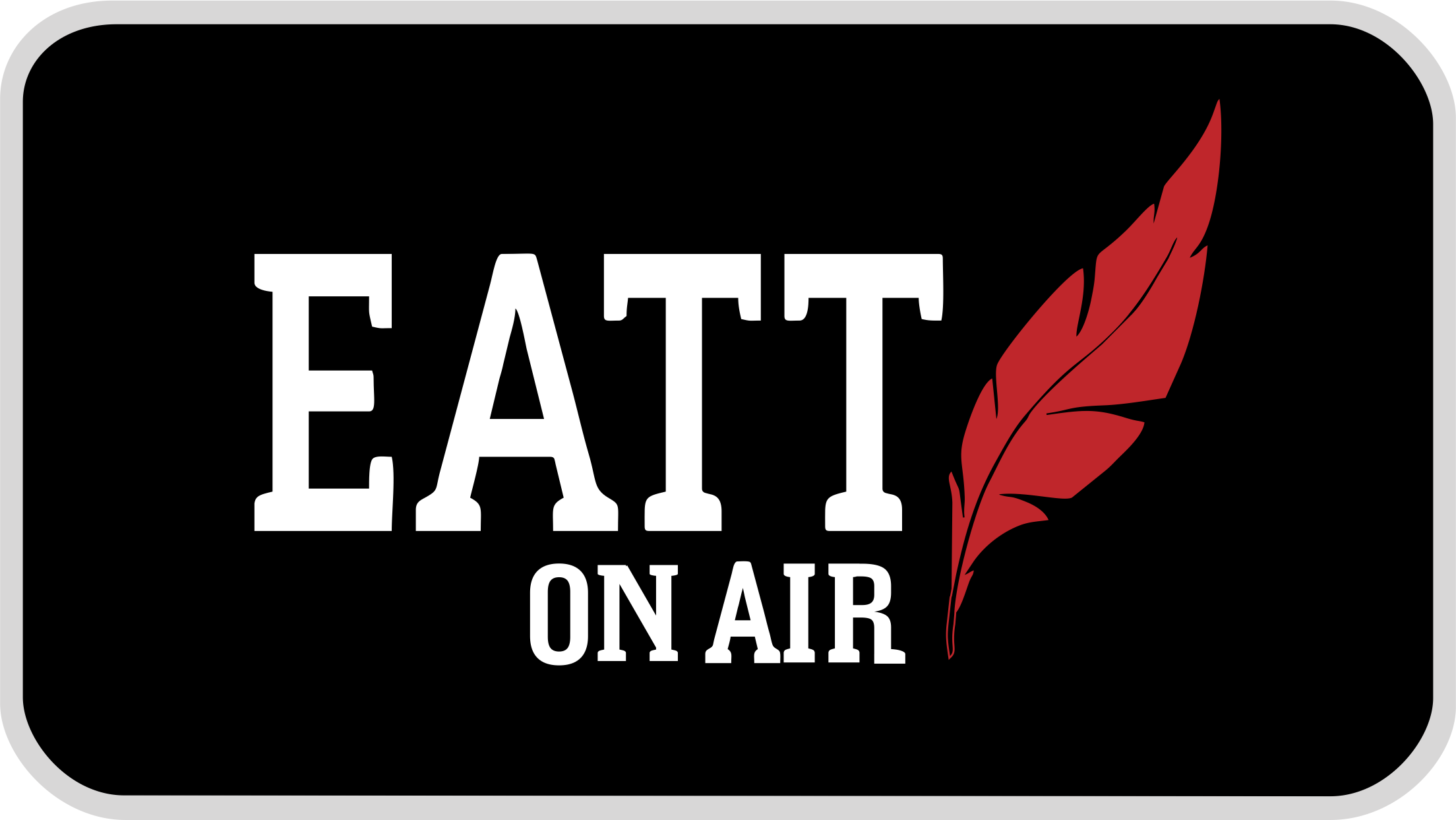How to get to Barangaroo gardens in Sydney? Take our podcast tour
Podcast: Play in new window | Download
Subscribe: Apple Podcasts | Android | RSS
Join our EATT Magazine travel podcast in part one of our tour, through the Barangaroo reserve
How to get to the Barangaroo from Central station in under 25 minutes
To the suburb of Barangaroo 11 min round trip, 5 minutes by train and 7 mins walking
To the Barangaroo reserve from the suburb of Barangaroo is an easily accessible 12 to 14 min
walk
How to view the images for this podcast https://eattmag.com/_4lO2t7fZzSa1/podcasts/how-to-get-to-barangaroo-gardens-in-sydney/
Details by Trian:
From Sydney central station to the suburb of Barangaroo
From Central station the suburb of Barangaroo
Take the T1, T3 or T8 train lines to Wynyard station which
takes about 5 mins by train.
At Wynyard station Take exit 4, Clarence St
and then walk the 500 to 600 meters via
Exit 4, Clarence St
Walk north on Clarence St towards York Ln
Turn left onto Margaret St
Continue onto Napoleon St
Turn right onto Hickson Rd
then continue onto the Barangaroo reserve along Hickson Rd and turn left into Nawi cove
Find more details the transport trip planner
https://transportnsw.info/trip#/
By Ferry
From Circular Quay, Wharf No. 5 to Pyrmont Bay via Barangaroo
Take the Barangaroo & Darling Harbour Ferry via
Milsons Point
Mcmahons Point
Balmain East
Barangaroo
Visit beyond the wharf for you Barangaroo Ferry details
http://www.beyondthewharf.com.au/route/barangaroo/
Join us on our podcast tour of Barangaroo gardens in Sydney with Tim Gray our Tour Guide.
Tim is our knowledgeable guide with Infrastructure NSW, guiding us on our way across the ancient sandstone structures that form the Barangaroo garden Reserve.
Colorful stories abound and come to life in the seaside gardens here at Barangaroo reserve
located on the north-western edge of the Sydney CBD.
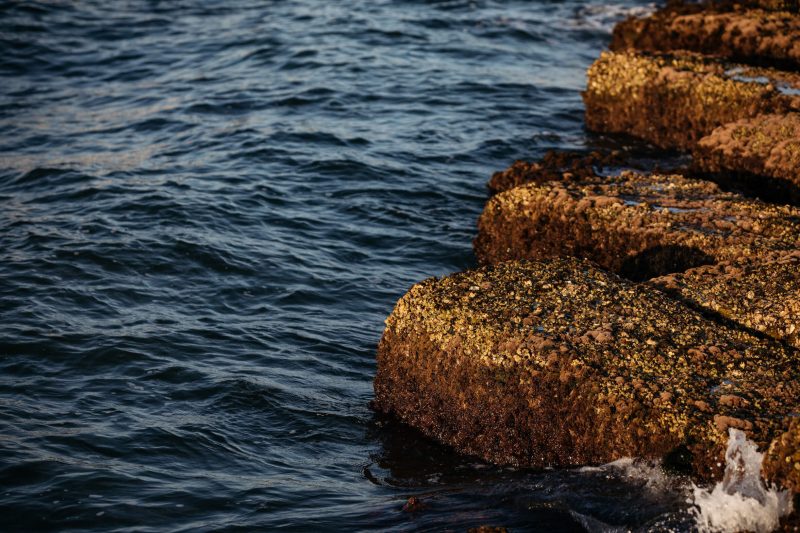
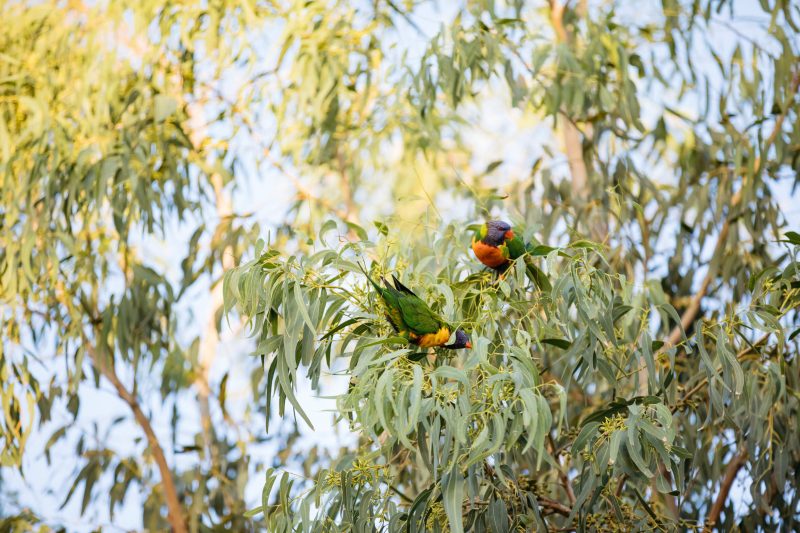
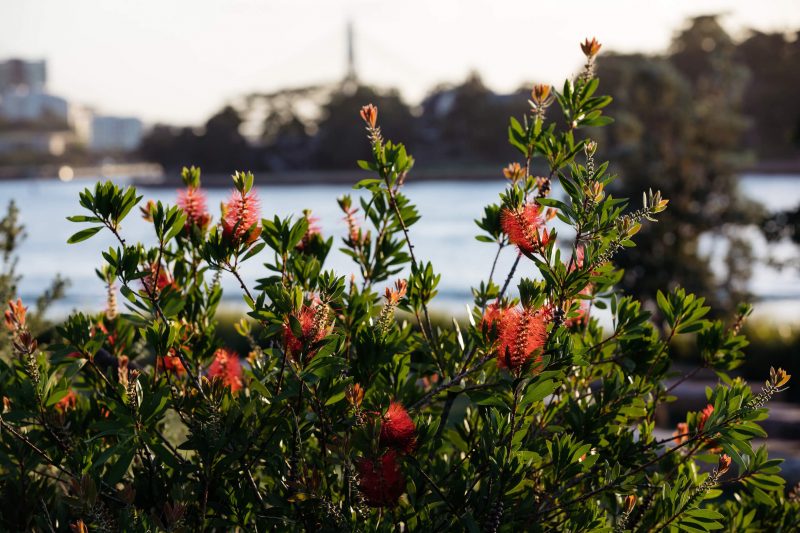
Take a break to Barangaroo Sydney:
Barangaroo is the land of the Gadigal people who were the traditional owners of the area who
used it for fishing and hunting. In the podcast today, we have Tim Gray. Tim is our knowledgeable guide with Infrastructure NSW.
Tim acknowledges the Gadigal people and their land. Tim’s tribes are Gumbaynggirr and Wiradjuri and Bidgigal.
Along with Cullen Pope, our podcast host and the editor of the EATT Magazine travel podcast.
As Tim says, Barangaroo is right next to Sydney’s CBD’, however, it provides a considerable
contrast to the bustling city center. Which can be found at Barangaroo is a beautiful, peaceful park with wildlife, an abundance of
sandstone and 75,000 native plants, trees and shrubs.
So if you are looking for a great place to relax, take an Aboriginal cultural tour or enjoy Sydney’s
exceptionally curated food precinct. Furthermore, you can enjoy a spot of shopping, or wander
through the Reserve and soak up the beautiful Sydney Harbour.
The History of Barangaroo:
The Reserve of Barangaroo dates back to the early 1800s, not long after the settlers had first arrived to discover the sandstone headland.
A quarry was established at the headland to mine the sandstone resources. Buildings were constructed with the characterful sandstone which is now identified as unique to the historic ‘Rocks’ precinct at circular quay.
In those early years, Barangaroo was a place where ships would dock and, thus, created the central hub for commercial activity.
From 1880 to 1900 specialization of the area occurred. Shipyards closed down, and in their
place, more substantial storage facilities were built. Larger wharves were created to
accommodate modernized container ships that had larger cargo loads.
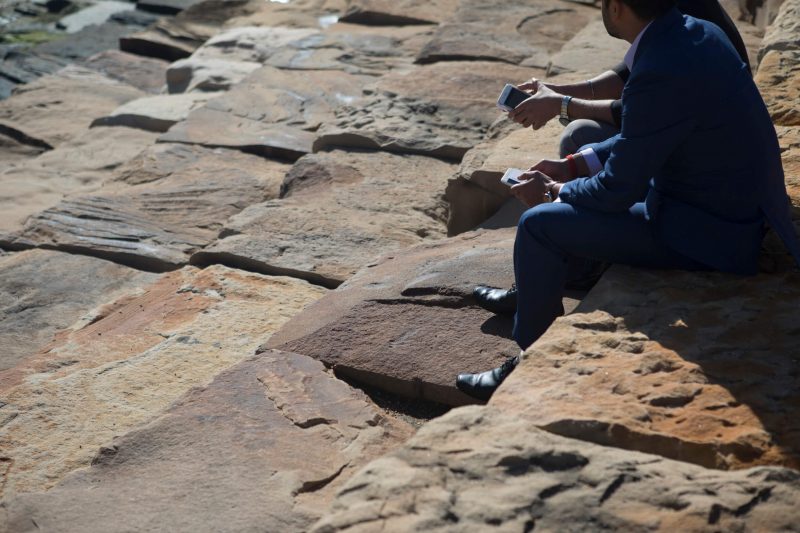
Photo: Infrastructure NSW – Reserve Photography
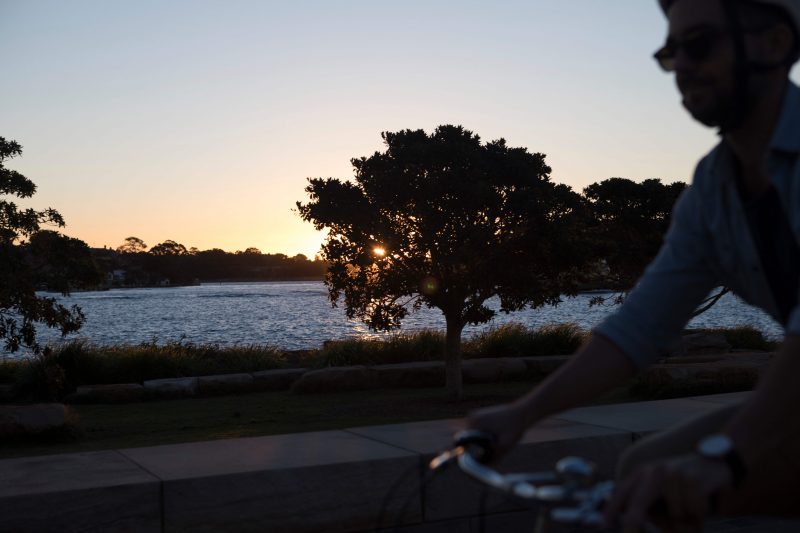
Photo: Infrastructure NSW – Reserve Photography
Barangaroo remained commercial until 2003 “where the government decided that they wanted to do something with the land, give it back to the people because it was no longer a shipping container.”
This is where the redevelopment of Barangaroo Sydney started. By referring to watercolor paintings of the area, discovered from the 1800s, reshaping of the headlands to its original form began.
In addition, the Hedland was raised to its original height in a mission to recreate the historical aspect of the headland.
Places to see at Barangaroo:
Stargazer’s Lawn:
Tim describes this lawn as ‘a great fate of engineering where, instead of landfill, they’ve actually created a road bridge technology.’
The ‘Cutaway.’
The cutaway is used as a performance and art space where diverse events are run every month or so for the public.
The cutaway hosts a variety of exhibitions from the Sydney Festival to Aboriginal and non-Aboriginal art exhibitions.
Open 24 hours a day, and the Stargazer Lawn is thus named as it is where visitors can sit in the grass at night and watch the stars.
At all times, it can be a great place to relax and enjoy the atmosphere.
You can also see the Sydney observatory tower not far from there. It is also, interestingly, named after the local stargazer fish.
Tim describes the fish as having ‘eyes at the top of its head, and it lies at the bottom of the harbor, and it’s the same color as the sand.
So it camouflages itself from its unsuspecting victims.’
You can even buy it at the fish market.

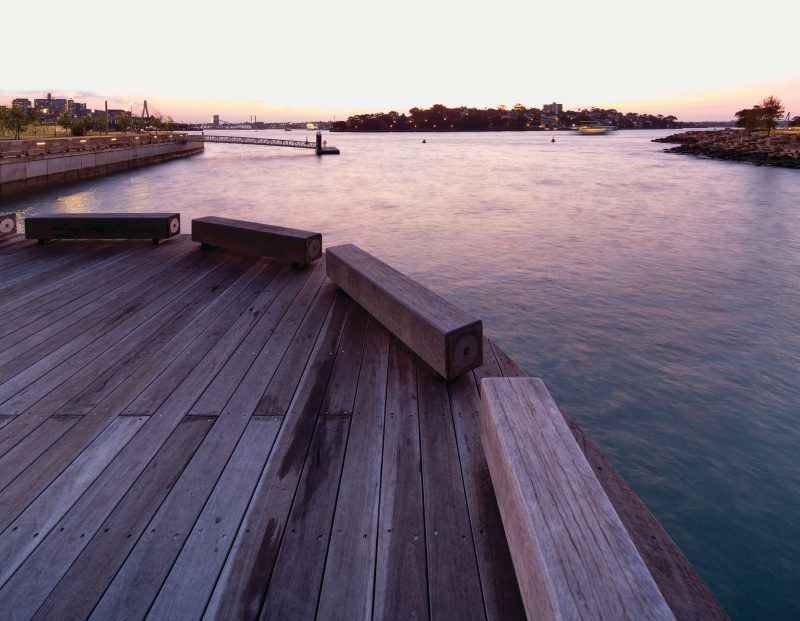
What to do at Barangaroo?
If you are a student, taking a study break to Barangaroo Sydney will be a fantastic experience, especially if you are an international student.
Barangaroo is a great place to learn more about Aboriginal culture and take a Barangaroo Aboriginal Culture tour.
The tour explores the site’s rich Aboriginal history and cultural significance.
The tours provide an in-depth explanation of the Aboriginal history of Sydney Harbour and its surrounds.
This site has significance to Aboriginal Australians. The guides also share the stories of Australia’s First Nations People and, in particular, the clans of the Eora Nation.
You can also partake in other fun government-run activities, such as a donut baking experience where participants are provided with a unique hands-on experience that will have you rolling, proofing, frying, and glazing some delicious donut creations.
Stay tuned to the podcast for part two of our tour at the gardens of Barangaroo out soon.
Getting to Barangaroo is quite accessible from the major Sydney universities and local Sydney
suburbs.
You can easily take public transport or drive with access to public parking.
Discover more about Barangaroo https://www.barangaroo.com/
Annual and upcoming events
The Big Design Market – 20-22 September 2019
https://www.barangaroo.com/see-and-do/whats-on/the-big-design-market/
The Other Art Fair – 24-27 October 2019
https://www.barangaroo.com/see-and-do/whats-on/the-other-art-fair/
The Finders Keepers Market – 6-8 December 2019
https://www.barangaroo.com/see-and-do/whats-on/the-finders-keepers-market/
Join us and tune in on our Sydney podcast series with Australian Aboriginal Stories in the National Museum
https://eattmag.com/_4lO2t7fZzSa1/podcasts/australian-aboriginal-stories/
